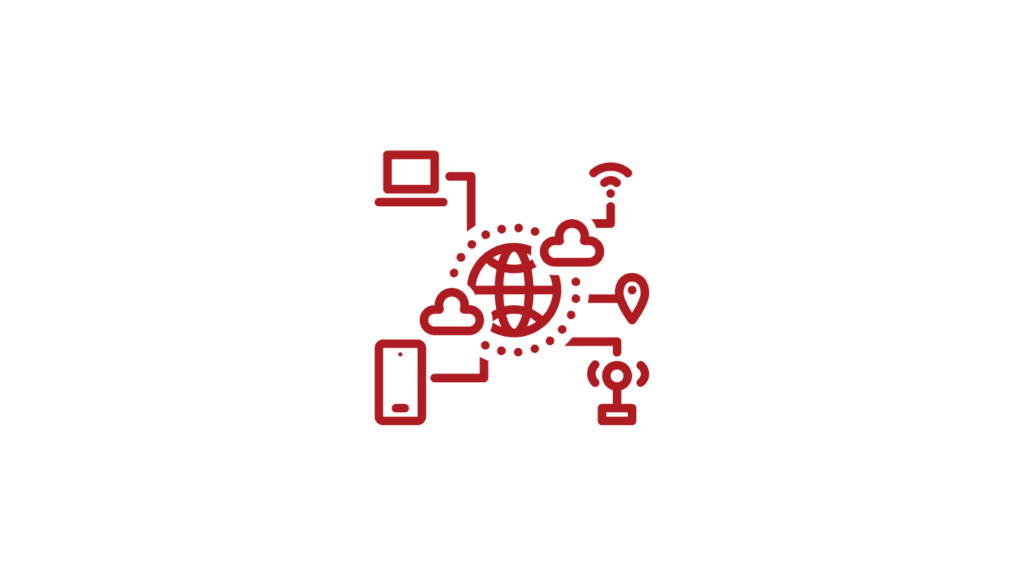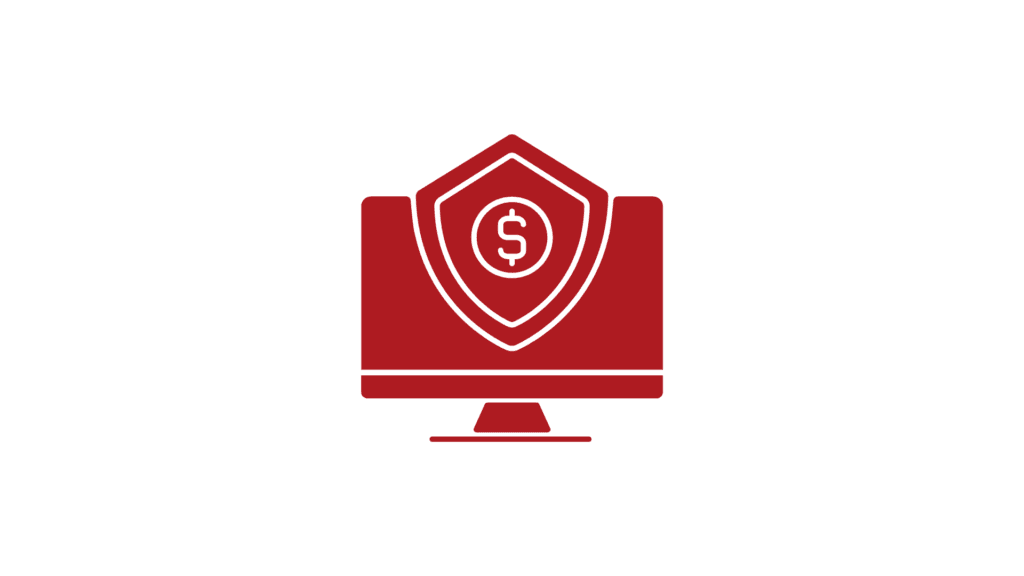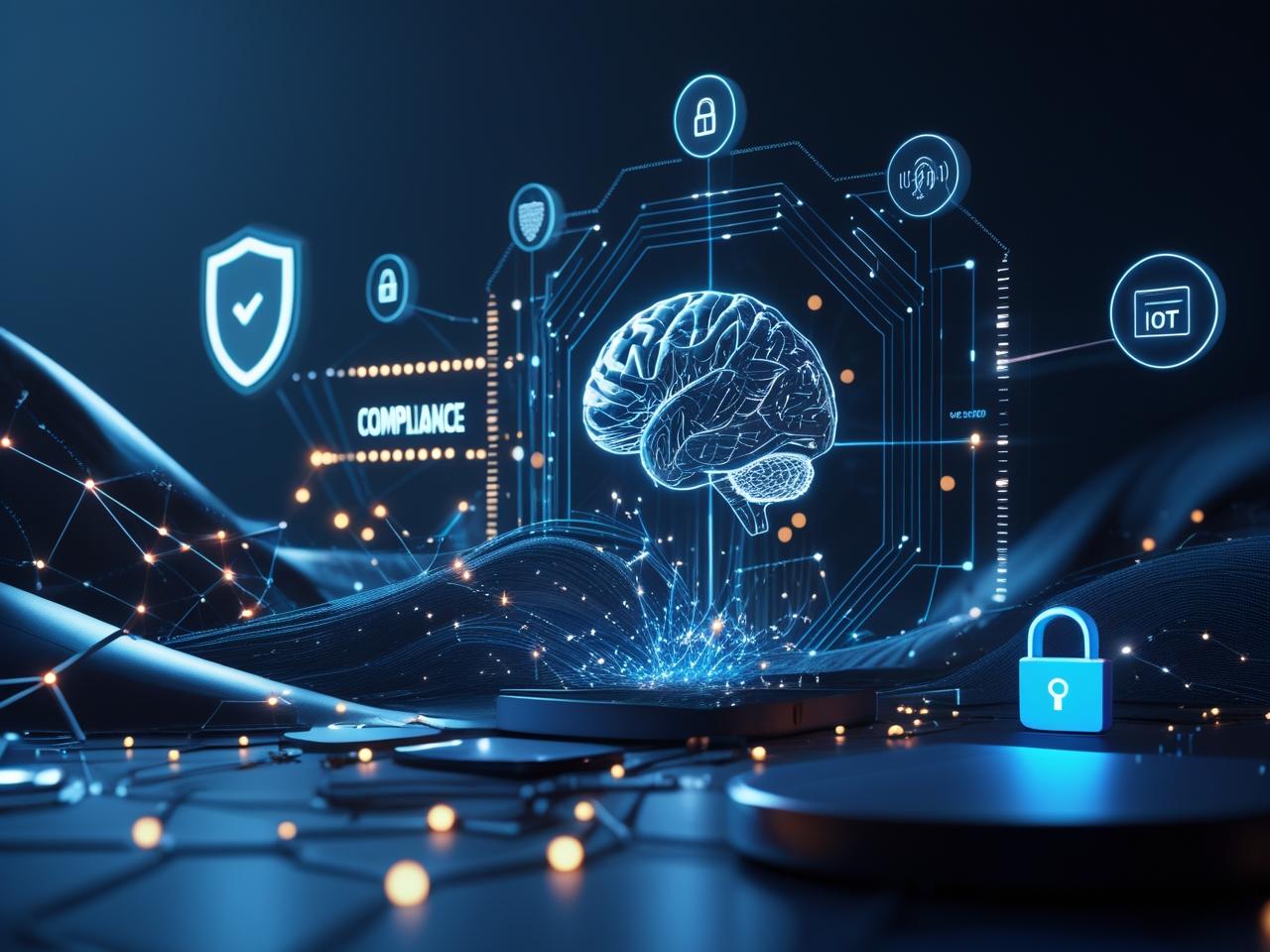 As we approach 2025, the cybersecurity landscape is evolving rapidly, driven by advancements in technology and increasingly sophisticated cyber threats. Organizations need to stay ahead of the curve to safeguard their assets and maintain trust.
As we approach 2025, the cybersecurity landscape is evolving rapidly, driven by advancements in technology and increasingly sophisticated cyber threats. Organizations need to stay ahead of the curve to safeguard their assets and maintain trust.
Here are the top five trends shaping the future of cybersecurity in 2025:
1. AI-Powered Cyber Defense

Artificial Intelligence (AI) is becoming a cornerstone of cybersecurity strategies. AI tools are now crucial for real-time threat detection, anomaly detection, and predictive analytics. However, adversaries are also leveraging AI to craft more advanced attacks, like deepfake phishing and automated vulnerability exploitation.
Key Takeaway: Organizations must prioritize AI-driven defense mechanisms to keep up with increasingly automated threats.
2. Rise of Quantum-Resistant Encryption
 The advent of quantum computing threatens traditional encryption methods. In response, organizations are exploring quantum-resistant algorithms to secure sensitive data against future quantum-powered decryption.
The advent of quantum computing threatens traditional encryption methods. In response, organizations are exploring quantum-resistant algorithms to secure sensitive data against future quantum-powered decryption.
Key Takeaway: Transitioning to quantum-safe cryptography is no longer optional—it’s a race against time.
3. Zero Trust Architecture Maturity
 Zero Trust, a model that assumes no user or device is trustworthy until verified, continues to gain traction. As hybrid work persists, implementing robust identity verification, micro-segmentation, and continuous monitoring are essential for reducing attack surfaces.
Zero Trust, a model that assumes no user or device is trustworthy until verified, continues to gain traction. As hybrid work persists, implementing robust identity verification, micro-segmentation, and continuous monitoring are essential for reducing attack surfaces.
Key Takeaway: Zero Trust isn’t a buzzword; it’s a strategic imperative for mitigating lateral movement in breaches.
IoT and OT Security Take Center Stage
 The proliferation of Internet of Things (IoT) and Operational Technology (OT) devices introduces unique vulnerabilities. Cybercriminals are exploiting these weak points to target critical infrastructure and industrial systems.
The proliferation of Internet of Things (IoT) and Operational Technology (OT) devices introduces unique vulnerabilities. Cybercriminals are exploiting these weak points to target critical infrastructure and industrial systems.
Key Takeaway: Securing IoT and OT environments with network segmentation and device-specific security policies is crucial.
Cyber Insurance and Compliance Pressures
 As cyberattacks escalate, insurance premiums are skyrocketing, and insurers are demanding stricter controls. Meanwhile, regulatory bodies worldwide are enacting stricter data protection laws, making compliance a non-negotiable aspect of cybersecurity.
As cyberattacks escalate, insurance premiums are skyrocketing, and insurers are demanding stricter controls. Meanwhile, regulatory bodies worldwide are enacting stricter data protection laws, making compliance a non-negotiable aspect of cybersecurity.
Key Takeaway: Organizations must align with compliance frameworks like GDPR, CCPA, and upcoming legislation while demonstrating robust cyber hygiene to insurers.
Conclusion
The cybersecurity challenges of 2025 demand proactive strategies and continuous innovation. By adopting AI tools, preparing for quantum computing, embracing Zero Trust, securing IoT/OT environments, and ensuring compliance, organizations can mitigate risks and build resilient defenses.
Staying informed and agile is the key to thriving in this dynamic environment. Speak to an expert today to stay proactive against emerging cybersecurity trends and threats!

